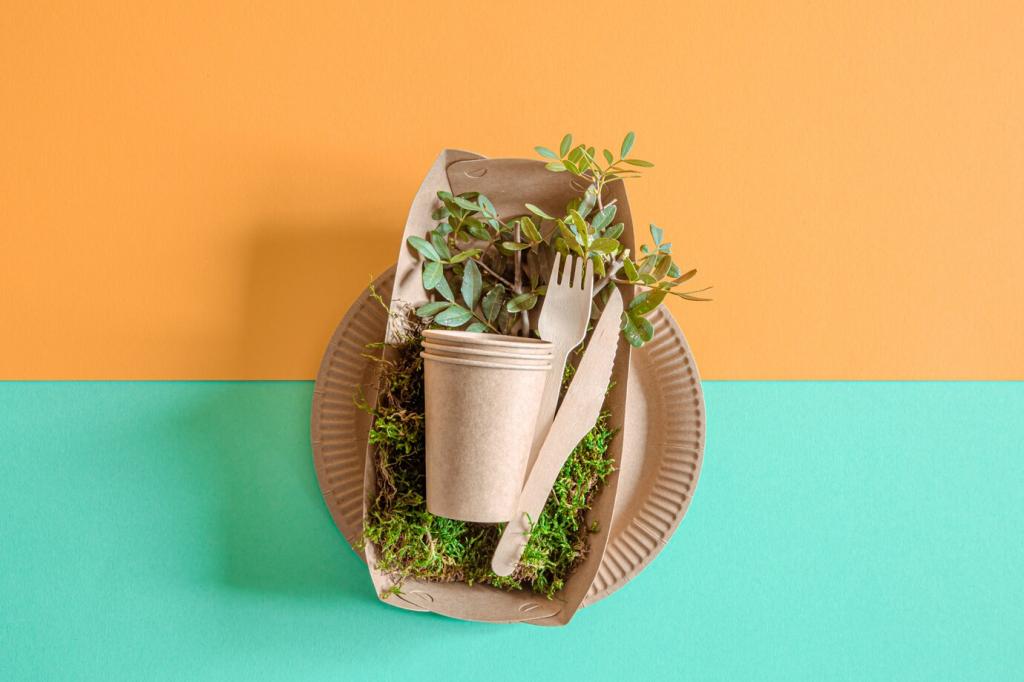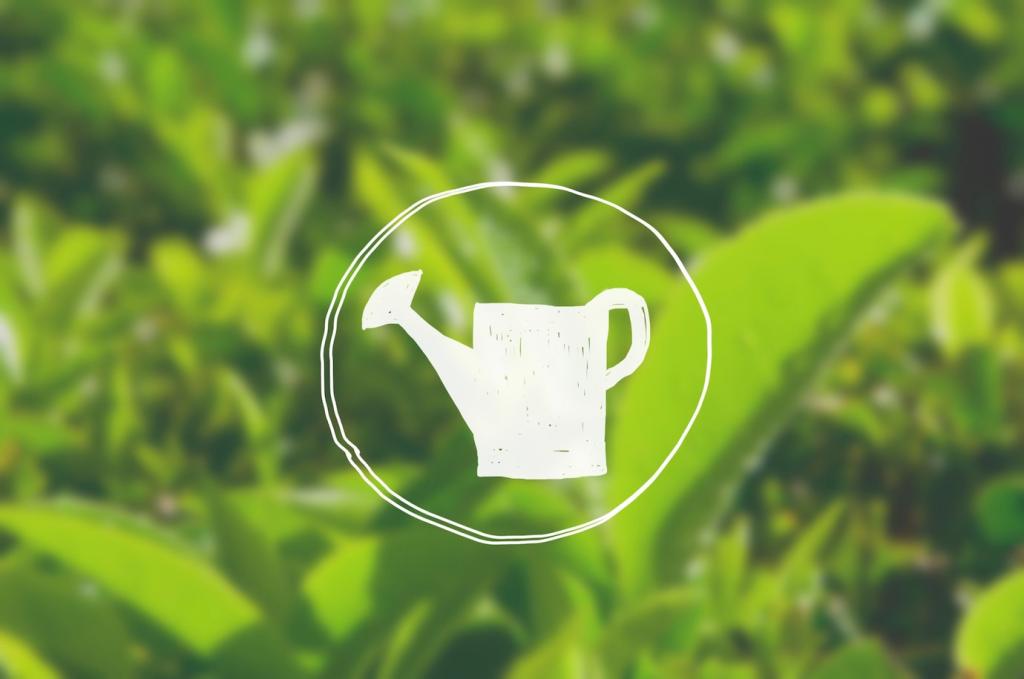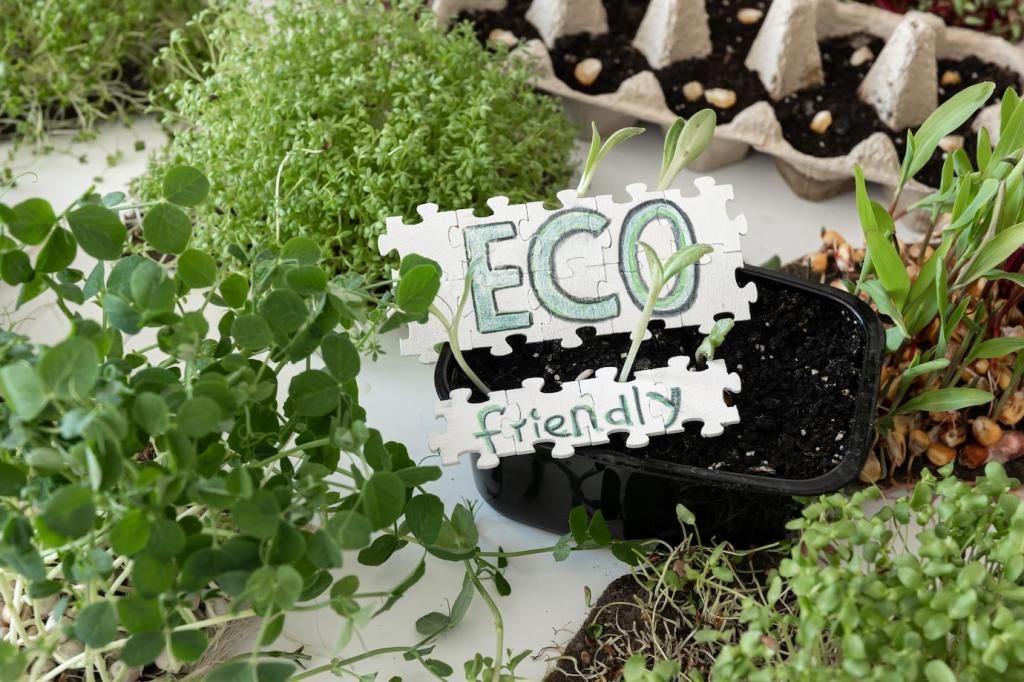Designing Tomorrow with Renewable Materials in Furniture Design
Chosen theme: Renewable Materials in Furniture Design. Step into a warmer, wiser home where nature’s ingenuity shapes every chair, shelf, and table. Join our community, subscribe for fresh insights, and help craft a future that feels as good as it looks.

Why Renewable Materials Matter Now
Lowering Embodied Carbon and Protecting Forests
Rapidly renewing resources like bamboo and agricultural fibers store carbon while they grow, then release fewer emissions when thoughtfully processed. By choosing certified sources, we support healthy ecosystems, reduce deforestation pressures, and make a measurable difference across a product’s lifecycle.
Healthier Indoor Air, Happier Homes
Many renewable materials pair naturally with low-VOC finishes and bio-based adhesives, improving indoor air quality and comfort. If you live with kids or pets, choosing these materials can reduce harsh odors, off-gassing concerns, and the headaches that often accompany synthetic-heavy furnishings.
Durable Value and Resilient Supply Chains
Renewable materials sourced locally or regionally help stabilize availability and foster community economies. Durability improves when designs respect a material’s strengths, and repair-friendly details keep pieces useful for decades. Tell us where you live, and we’ll explore local sourcing ideas together.
Bamboo: Fast-Growing Strength
Technically a grass, bamboo can mature remarkably quickly, offering strong, lightweight members for chairs, frames, and panels. Heat treatment and lamination tame movement and boost stability. Share your favorite bamboo pieces, and we’ll feature practical joinery tips for reliable, long-lasting builds.
Cork: Quiet, Gentle, and Resilient
Harvested from bark every few years without felling trees, cork brings warmth, acoustic comfort, and a gentle touch to tabletops, stools, and drawer pulls. Its natural elasticity resists dents and dampens sound. Curious about finishes? We’ll cover sealing cork without losing its soft character.
Mycelium: Grown, Not Manufactured
Mycelium composites cultivate fungal networks through agricultural byproducts, forming lightweight structures around molds. They can be dried, trimmed, and sealed for lampshades, panels, and accent tables. Tell us what you’d design with mycelium, and we’ll share mold-making and drying notes next week.


Design Principles for Renewable Furniture
Choose mechanical fasteners and reversible joints so parts can be replaced, repaired, or recycled. Clear access to fixings, standardized hardware, and thoughtful labeling ensure future you—or a restorer—can maintain the piece without frustration, waste, or special tools.
Design Principles for Renewable Furniture
Use joints that match a material’s strengths: dowels and spline joints for panel work, or pegged mortise-and-tenon where fibers run long. Avoid unnecessary bulk. The lightest solution that safely performs is usually the most sustainable choice over decades of use.
Finishes, Adhesives, and Hardware That Respect the Planet
Low-VOC, Plant-Based Finishes
Consider hardwax oils, linseed and tung blends, and modern waterborne coatings with verified low-VOC ratings. They protect surfaces while preserving the tactile feel of bamboo, cork, and wood. Ventilate well, follow cure times, and keep rags safely stored to prevent hazards.
Bio-Based Adhesives and Joinery Alternatives
Casein glues, soy-based resins, and carefully chosen waterborne adhesives reduce reliance on harsher chemistries. When possible, swap glues for mechanical joinery. Screws, wooden pegs, and knock-down fittings can maintain strength while enabling repair, upgrade, and eventual recycling or composting.
Recycled, Repairable Hardware
Select fasteners and brackets with recycled content, and standardize dimensions to simplify sourcing replacements. Use stainless or coated screws where corrosion is a risk. Label hardware types discreetly under seats or shelves so future repairs are easier for anyone who inherits your piece.

Digital Fabrication for Material Yield
CNC nesting minimizes offcuts from bamboo plywood and cork composites, while kerf patterns enable graceful bends with less material. Careful tool selection reduces tear-out and dust. Share your machine setup, and we’ll propose feeds, speeds, and bit types for cleaner results.

Mold-Growing with Mycelium
Design breathable molds that guide growth and texture, then dry thoroughly to stabilize shape. Reinforce high-stress zones with natural fibers. Sealing choices influence color and durability. Comment if you want a step-by-step guide from inoculation to sanding and final protective coating.

Measuring Impact with Simple LCA
Use approachable lifecycle tools to compare material options and finish systems. Track transport distances, offcut rates, and end-of-life pathways. Transparent impact notes help customers care longer and dispose responsibly. Want our spreadsheet template? Subscribe, and we’ll send a clean, beginner-friendly version.
Stories From the Workshop: People, Places, and Pieces
We laminated bamboo slats into a gentle arc that matched Mei’s favorite reading posture. The lightweight frame let her move it easily. After a month, she said the chair “felt like a breeze that remembers me.”
